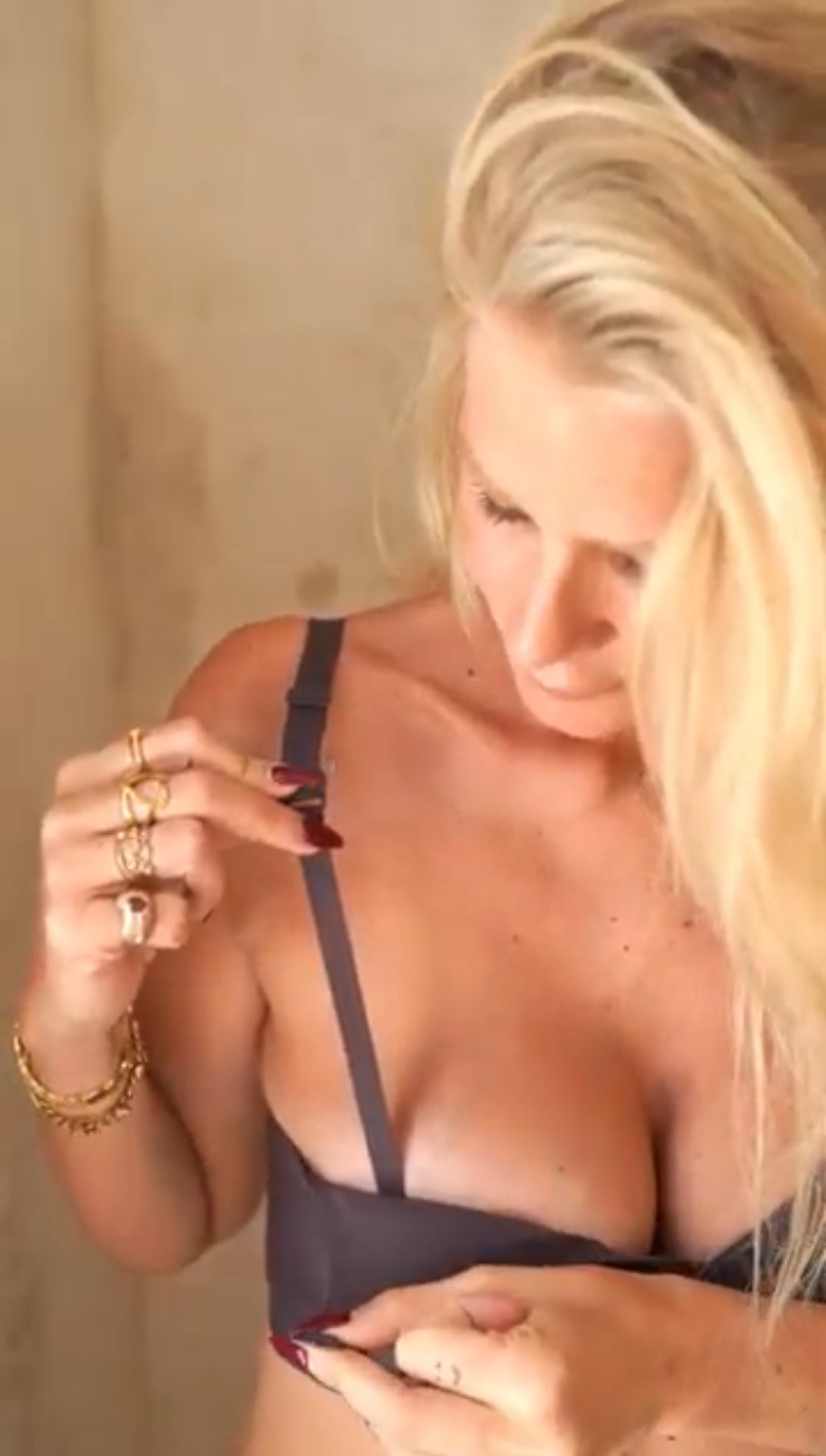
Nursing bra
Your definitive guide to comfort and support at home 23 Mai Paris
Bonjour, mamans 23 Mai Paris ! Today, we're going to dive into an essential topic for all breastfeeding moms: nursing bras! We know that during this beautiful period, your body undergoes many changes, and finding the right bra is not just a question of comfort, but also of health and practicality. At 23 Mai Pariswe want to accompany you every step of the way, which is why we've prepared this comprehensive guide to help you choose the best companions for your breasts. Let's get started!
Why is a nursing bra a must-have, not a luxury?
You may be asking yourself: "Do I really need a special bra? Can't I just make do with the ones I already have?" The answer is simple: yes, you really do! Here's why:
Unrivalled comfort:
Your breasts will be more sensitive, fuller and heavier than usual, especially during the first few weeks and when your milk is "rising". Nursing bras are designed in soft, stretchy, breathable fabrics that adapt to these changes without constricting. Many are made without awkward seams or with flat seams to avoid chafing.
Essential support :
The extra weight requires good support to avoid back and neck pain, and to maintain the shape of the chest over the long term. Wide straps and firm but comfortable support bands are essential.
Quick and easy access for breastfeeding:
And therein lies the magic! They feature cups that can be easily detached or lowered with just one hand (very handy when you've got a hungry baby in the other!). So you can nurse your baby discreetly and comfortably, wherever you are.
Breast health:
An unsuitable bra (too tight, with underwires that press where they shouldn't) can contribute to problems such as blocked ducts or mastitis. Well-designed nursing bras help prevent these complications.
Space for nursing pads:
Milk leaks are common, and nursing bras usually offer enough space and coverage to discreetly place nursing pads.

The perfect time: when to start buying nursing bras?
It's a very common question. Here are a few tips:
- During pregnancy (third trimester): By the end of pregnancy, your breasts will have grown considerably. Buy one or two comfortable, underwire-free nursing bras at this stage, which will serve you well for the last few months and the first few days after delivery. Look for models with good stretch so that they can adapt to initial fluctuations.
- Immediately after delivery / first few weeks: Once your milk has come in (usually between the 3rd and 5th day after giving birth), you'll have a clearer idea of the size you'll need. Your breasts may seem very swollen and even change size between feeds. This is the ideal time to invest in a few extra bras in a more stable size, even if they will continue to change slightly.
- Throughout breastfeeding: As breastfeeding settles in and your baby grows, you may need to adjust the size again. It's a dynamic process!
Advice 23 Mai Paris : Don't buy all your nursing bras before giving birth. Start with one or two and adjust them according to your real needs.

Key features: what to look for in the ideal nursing bra?
Not all nursing bras are the same. Here is a list of essential features:
- Easy opening mechanism:
- Clips or staples: they must be easy to open and close with just one hand. Check that the system is intuitive and safe.
- Fold-down cup: make sure the cup folds down completely, leaving the breast well exposed for the baby to grasp, but that the rest of the bra continues to offer good support.
- Suitable fabric :
- Breathable: cotton, bamboo or blends with microfiber are excellent options, as they let the skin breathe and help prevent moisture, which can promote irritation or fungal infections.
- Elastic: the Lycra or Spandex in the blend allows the bra to adapt to changes in breast size throughout the day and while you breastfeed.
- Soft: the skin of your breasts and nipples will be more sensitive. Avoid rough or lacy fabrics, which can irritate.
- Support without sacrificing comfort:
- First weeks/months: we strongly recommend wearing bras without underwiring. Rigid underwires can compress the milk ducts and increase the risk of obstruction or mastitis, especially when breast size varies greatly.
- Established breastfeeding: if you then prefer an underwired bra for added support or shape, look for models specially designed for breastfeeding, with soft underwires that don't compress breast tissue. Make sure the underwire completely surrounds the breast without resting on it.
- Wide, adjustable shoulder straps: they distribute weight more evenly and don't dig into the shoulders.
- Firm bottom band: it should fit snugly around the contour, but not too tightly, to provide optimum support. Choose bands with several rows of staples to adjust the contour.
- Without underwiring (or with special flexible underwiring).

The right size: the best-kept secret!
Choosing the right size is essential. A bra that's too small will be too tight, and one that's too big won't offer any support.
- Chest circumference: measure just below your breasts, around your torso. The tape should be snug but not too tight, and parallel to the ground. To this measurement in centimeters, we generally add a few centimeters or use a manufacturer's conversion chart to obtain the chest size (e.g. 32, 34, 36, etc.).
- Cup: measure the most prominent part of your breasts, with a bra that won't crush them (ideally one without padding). The tape should be loose.
- Calculate the cup size: the difference between the cup measurement and the bust measurement will give you the cup size (A, B, C, D...). Each brand may have its own guide, so check it out!
- Try before you buy (if possible):
- The band should be firm but comfortable. You should be able to get two fingers underneath.
- The chest should fill the cup without spilling over the top or sides, and without leaving any gaps.
- The straps must not fall or prick.
- Move around, raise your arms. Does the bra stay in place?
Types of nursing bra for every moment and every need:
You don't need the same type of bra for sleeping as for working. There's a whole range!
- Rest or night bra:
- Features: very soft, without complicated fastenings (sometimes cross-over in front or simple top-type design), in cotton or high-stretch fabric. They offer light support.
- Use: ideal for staying at home and sleeping, especially if you need to use nursing pads at night.
- Discover comfortable options in our Breastfeeding pyjamas collection, which often includes resting tops.
- Everyday bra:
- Features: good support, preformed or slightly structured cups (without being rigid), comfortable to wear under clothes. Many are t-shirt-style (T-shirt Bra), with no seams around the cups.
- Use: for everyday life, on the way to work, for casual outings.
- Our main collection of nursing garments combines perfectly with these bras.
- Nursing sports bra :
- Features: better fit and support for physical activities. Moisture-control technical fabrics. Easy access for breastfeeding before or after exercise.
- Use: for active moms who don't want to give up sport.
- Nursing bra (hands-free) :
- Features: designed to hold breast pump nipples, leaving your hands free. Some are a band that fits over the nursing bra, others are a full bra.
- Use: a blessing if you need to express milk regularly!
- Pretty" or special occasion bras:
- Features: with lace details, more varied colors, but without forgetting breastfeeding functionality.
- Use: because being a breastfeeding mom doesn't mean giving up on feeling beautiful and feminine.
How many nursing bras do I need?
We recommend at least 3 to 5 nursing bras:
- One carried.
- One being washed.
- Ready to use.
- An extra pair to alternate between or in case of "accidents" (milk leaks).
This means you'll always have a clean, dry one to hand.
Care and maintenance of your nursing bras :
To make them last longer and stay in good condition:
- Read the label: follow the manufacturer's instructions.
- Hand wash or delicate cycle: use cold or lukewarm water and a mild detergent.
- Use a lingerie bag: if you machine-wash them, this will protect the staples and fabric.
- Close the staples: to prevent them from catching on other garments.
- Don't use too much fabric softener: it can alter elasticity.
- Air-dry: avoid tumble-drying, as the heat can damage the elastic fibers and deform the cups. Hang by the center band, not the straps.
Common mistakes when choosing and using nursing bras :
- Buying definitive sizes too early: your breast size will change.
- Prioritize aesthetics over functionality (at least initially): comfort and support are essential.
- Choosing the wrong size: this can lead to discomfort and breast health problems.
- Use rigid-frame bras too early: risk of blocked ducts.
- Not having enough to alternate: hygiene is important!
Nursing bras and your emotional well-being
Feeling comfortable and well supported can have a positive impact on your well-being during breastfeeding. A good bra gives you security and lets you concentrate on the pleasure of creating that special bond with your baby. And don't forget, you'll find other articles on maternal well-being in our previous blogs.
At 23 Mai Paris, we're committed to accompanying you on this wonderful adventure. We invite you to discover our rigorous selection of nursing clothes and accessories, where functionality, comfort and style go hand in hand. Every Breastfeeding t-shirtdress or sweatshirt is designed to make your daily life easier.
We hope you find this guide useful, moms. Choosing the right nursing bra is an investment in your comfort and the success of your breastfeeding.

Do you have any other advice on nursing bras? What was your experience? Share it in the comments! We love building this 23 Mai Paris community together.
Big kisses!
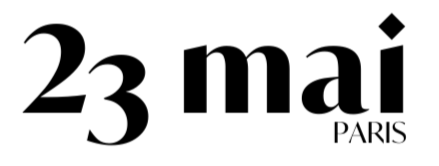

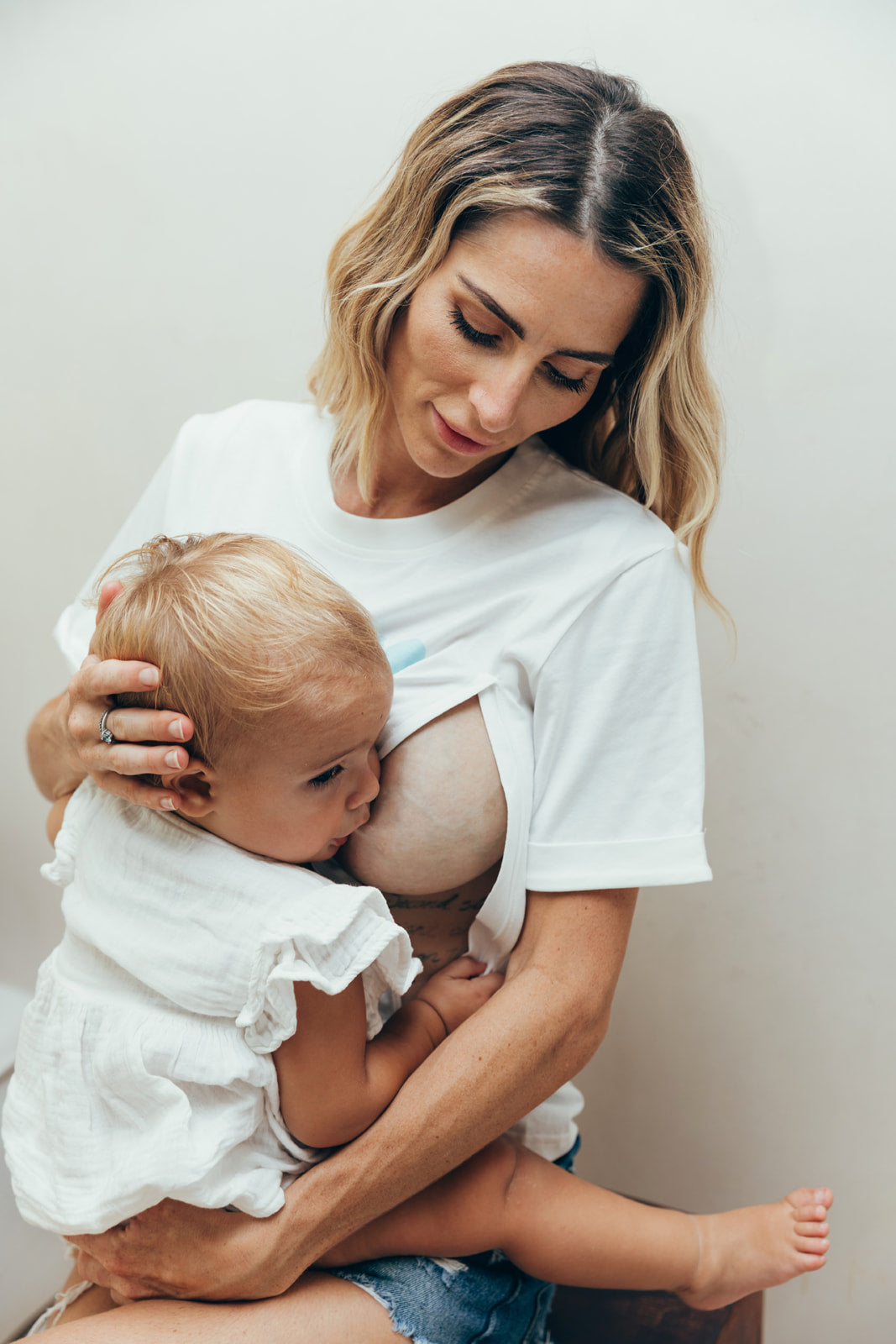


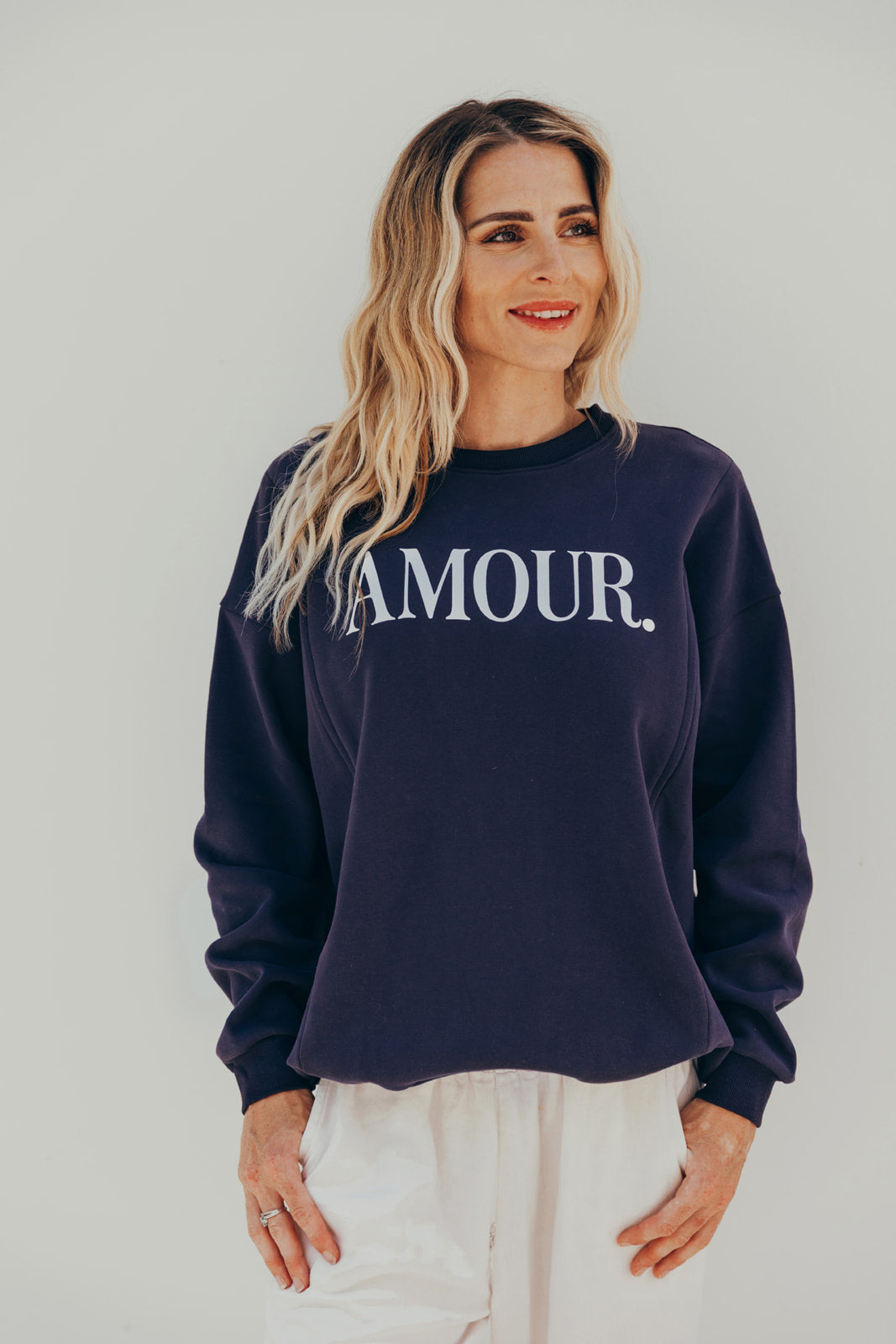
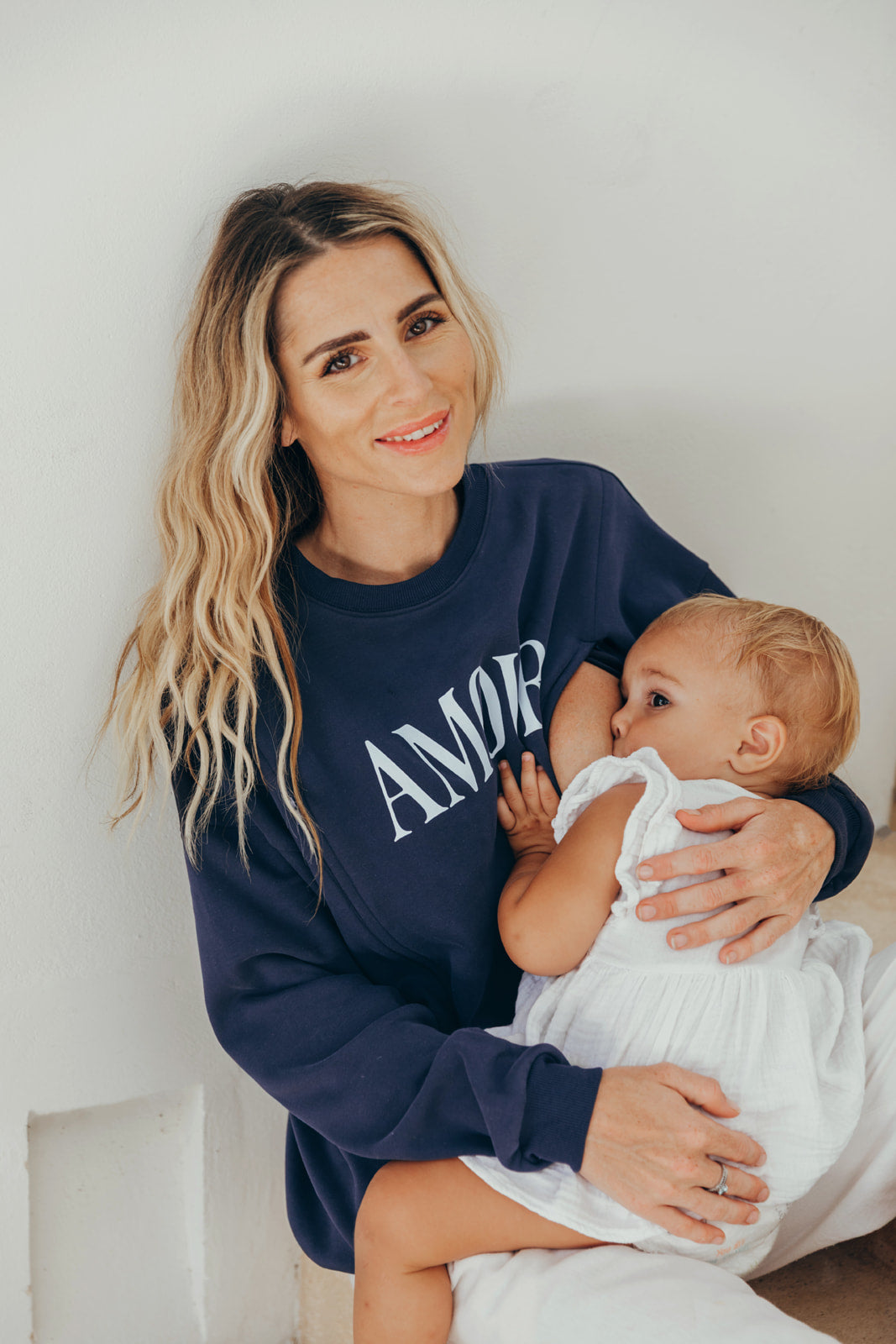
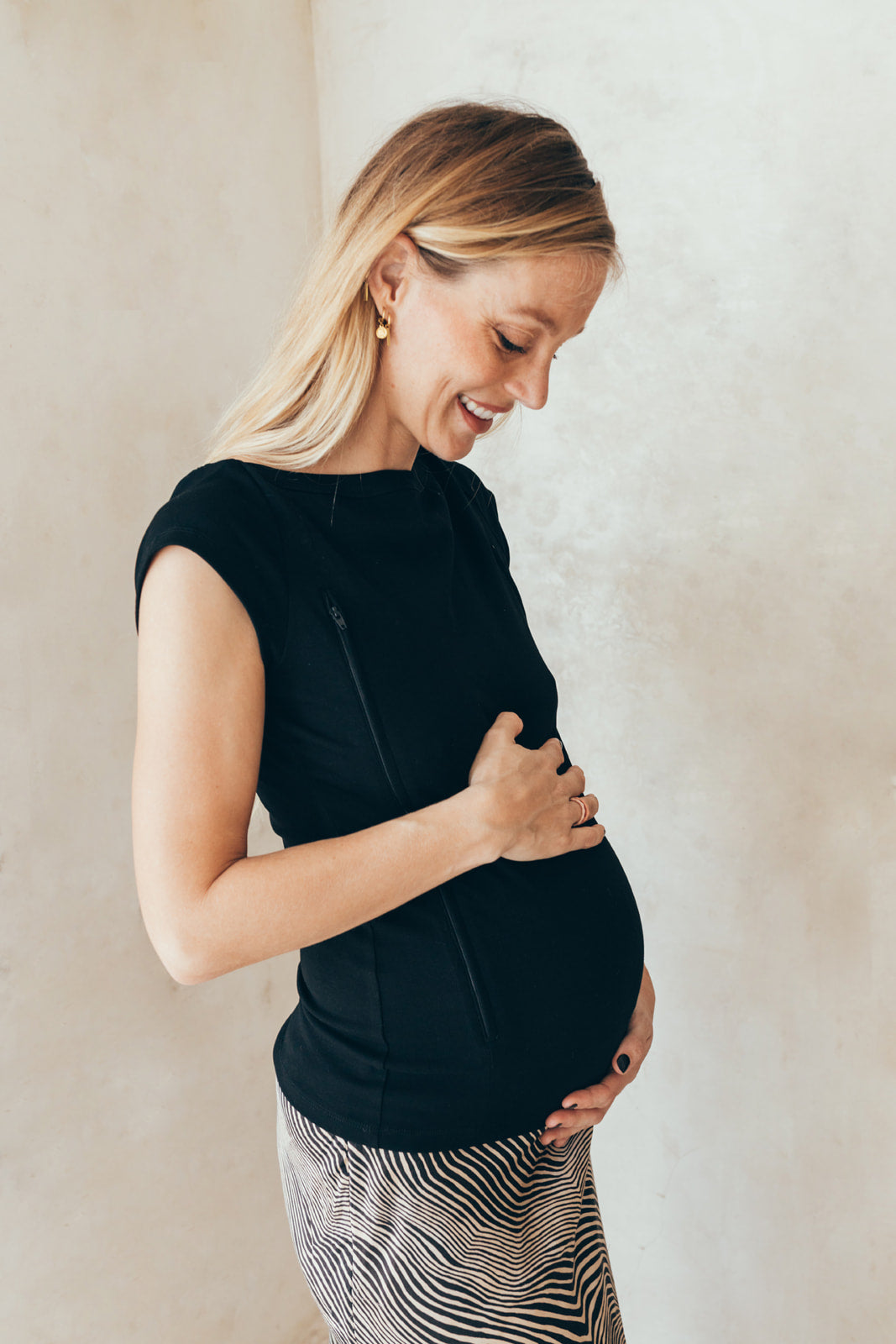


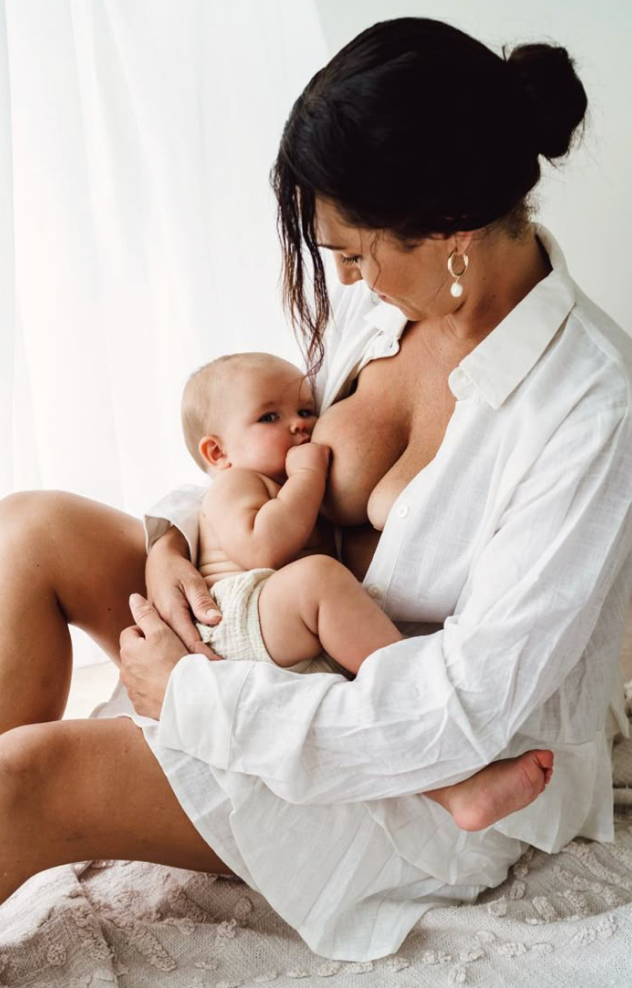
Leave a comment
This site is protected by hCaptcha, and hCaptcha's Privacy Policy and Terms of Service apply.